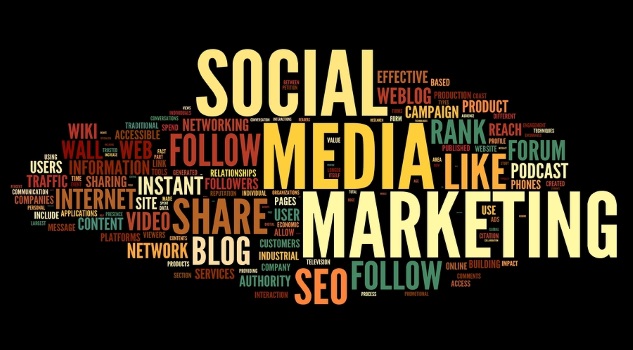Over the last 18 months, as brick and mortar businesses shut up shop, social media has grown even further to become an integral part of the digital marketing toolkit. However, for busy SMEs, it can often be hard to see the value when dealing with competing priorities.
Struggling to see a clear return on investment, leveraging social media can slip to the very bottom of the to-do list. But with almost 80 per cent of the Australian population using social media, businesses that fail to optimise content across channels risk missing out.
Here, we take a look at how you can use five social media metrics to achieve your campaign goals and develop strategies to build your return on investment.
Engagement rates
If your goal is to increase the effectiveness of your content, engagement rate (ER) is a simple and versatile way to see how your content resonates with your audience.
To increase your ER, begin by posting consistently at similar times of the day. It also helps to post content that asks your followers to actively engage, for example, voting in a poll. Additionally, building a brand voice helps to boost your engagement by creating relatable content with which people can connect.
Click-through rate
Click-through rate (CTR) tells you the number of times a link is clicked against the total number of impressions, and helps you identify how relevant and useful your links are to your followers.
It can be tempting to rely on email marketing to do the talking for you. However, research from Metigy’s latest Social Media Benchmark Report Q2 2021 shows that social media platforms tend to generate strong CTRs. As an example, on LinkedIn, this can reach up to 4.3 per cent when compared to the industry benchmark for email marketing of 2.6 per cent.
To increase your CTR, design campaigns with your audience in mind, invite them to click on your links through targeted copy and relevant keywords.
Video view rate
Video view rate (VVR) accounts for the percentage of people who have viewed your video content. Video content is becoming increasingly popular and how you optimise your VVR changes depending on the platform’s priorities.
For example, you might post a longer-form video on LinkedIn giving business advice, relevant to the platform’s business networking intent, but on Instagram, a short and visually appealing reel is the best way to attract people to your content.
For SMEs looking to increase their VVR, including items like thumbnails, catchy titles, clear keywords and hashtags are simple ways to help entice viewers and encourage them to watch the clip from start to finish.
Organic reach rate
Organic reach rate identifies the number of unique accounts that have viewed your content. If you’re looking to reach new audiences and customers, this metric will be particularly useful in providing you with an understanding of what content is resonating organically, and give you insights into which tactics are working well, this could be certain hashtags or keywords.
Centring your efforts on one platform will also help build your organic reach rate. For example, Instagram’s algorithm highly favours reels, and with an organic reach rate of 10.79 per cent, by utilising reels you’re more likely to reach new followers and grow your organic reach rate.
Growth rate
Growth rate accounts for how all your metrics are performing across the board. Overall, this is the biggest indicator of how well your campaign is performing.
For SMEs, increasing your following on social media means consumers are more likely to think of you the next time they shop online, especially if they’re consistently seeing your content across their channels.
While there is no holy grail in regards to the measurement of campaign success, by using a mix of key metrics, small businesses will be able to successfully manage campaigns on social media to achieve a strong ROI.
















